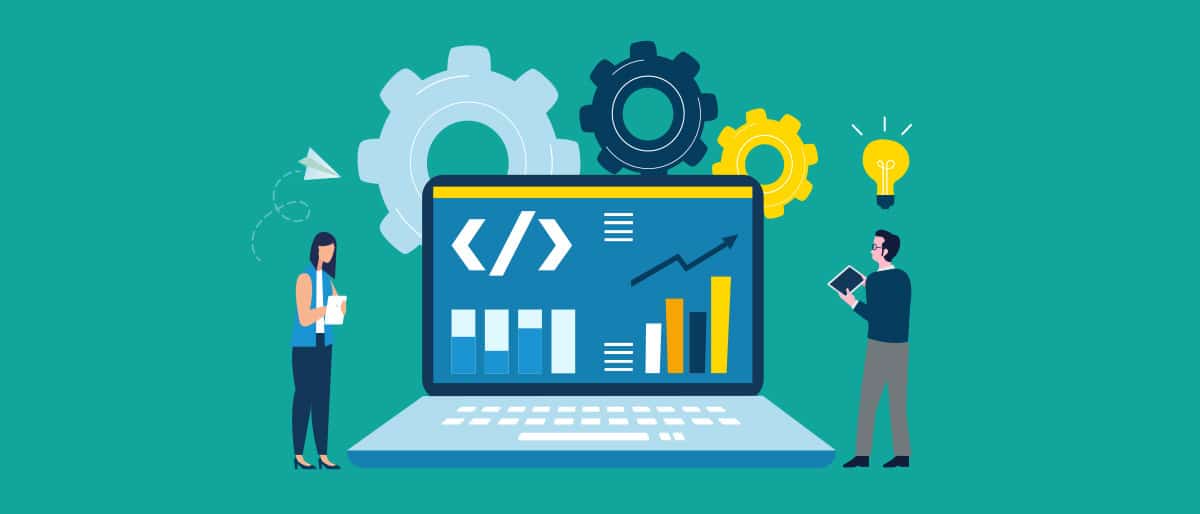In platform engineering, power tools like Kubernetes, Kafka, and Istio can lead to a spiral of increasing costs and operational headaches. By transitioning to lighter, more manageable solutions, organizations can maintain high internal customer value while reducing costs.
July 22, 2024https://www.equalexperts.com/blog/our-thinking/do-more-with-less-by-picking-compute-that-reduces-maintenance/
We categorise compute products such as K8s and Lambda into generic types, show how they impact TCO, and visualise the maintenance you commit to when you pick a product.
May 11, 2022